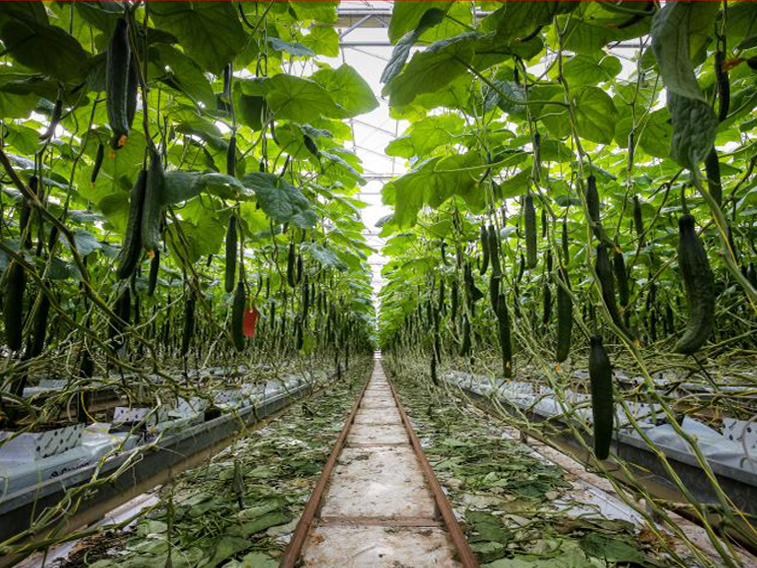28 May 2025
Download the 2025 NAB Regional and Agribusiness Horizons Report: Embracing Opportunity for data-led insights on the state of play in regional and rural Australia and the economic outlook for the remainder of 2025.
June 11, 2025
Alison Blanshard, NAB Executive Regional & Agribusiness, Queensland
By Agribusiness View

Innovation and automation are driving the dynamic horticulture industry which is forecast to be the fastest growing agricultural sector to 2030.
The sector is set to benefit from artificial intelligence (AI) which could double horticulture productivity.
At NAB, we’re committed to being part of the journey and helping to fund that transformation, supporting our customers, communities, and the future of Australian agriculture – including horticulture.
Funding strategies should balance innovation with inclusion to avoid widening the tech gap between large and small producers.
So why is shoring up the future of horticulture so important?
Let’s start with its scale and significance – horticulture is a $16.9 billion industry, employing over 70,000 people directly and more than 20,000 seasonal workers.
It also drives other industries. NAB’s 2025 Regional and Agribusiness Horizons Report found downstream sectors like food and beverage manufacturing saw a solid 11.9% growth in investment this year.
How AI and automation can help
Horticulture’s key challenges include labour shortages; rising costs such as energy, transport, and inputs; sustainability demands and the need for water-efficient and low-emission practices; and global competition and the pressure to keep up with tech-driven global suppliers.
But AI and automation can help mitigate these.
Robotic systems can reduce labour costs by up to 30%; data-driven farming improves yields and efficiency; traceability technology opens doors to export markets; and lower chemical and water usage lead to improved environmental outcomes.
So how do we fund this transformation? The three key channels are through public funding and research and development; private investment; and bank finance, which is where NAB comes in.
NAB is supporting customers with equipment finance, working capital, Green Finance solutions for eligible projects and equipment, and trade finance to help import cutting-edge technology.
A real-world example: Importing a robotic packing line
NAB recently worked with horticulture client to help fund an automated packing line from an overseas supplier and bring innovation to life.
The process included:
Key innovations in automation
We’re seeing incredible developments in autonomous harvesters and weeding robots, the use of drones and Internet of Things (IoT) sensors for precision agriculture, smart packaging and logistics, and AI for quality control and disease detection.
These aren’t future concepts – they’re happening now.
Of course, there are barriers including high upfront costs, skills and digital infrastructure gaps in rural Australia, and policy uncertainty in innovation funding.
That’s why funding strategies must be inclusive, allowing small and medium growers to keep pace with technology.
Looking ahead, the message is clear – automation is not optional.
With the right mix of funding, collaboration and policy support, Australia’s horticulture sector can lead the nation’s agri-tech innovation.
I was delighted to be invited to talk recently about this subject at Hort Connection 2025. To find out more information about finance for innovation and automation visit nab.com.au/agri, opens in new window


REPORT
28 May 2025
Download the 2025 NAB Regional and Agribusiness Horizons Report: Embracing Opportunity for data-led insights on the state of play in regional and rural Australia and the economic outlook for the remainder of 2025.
